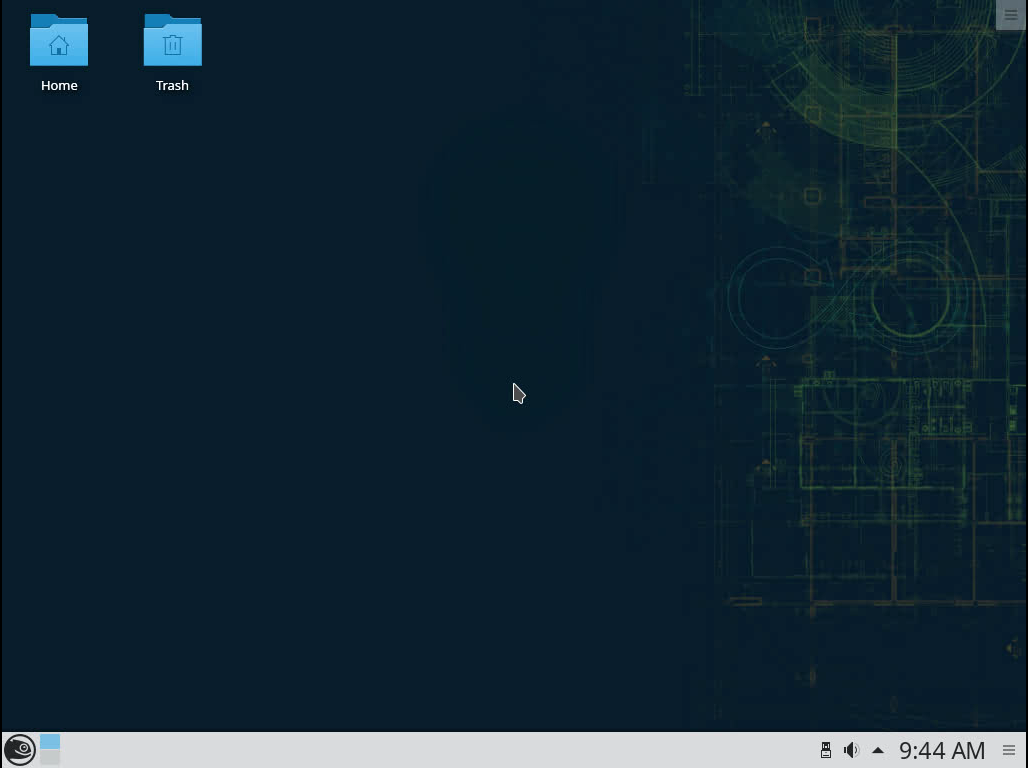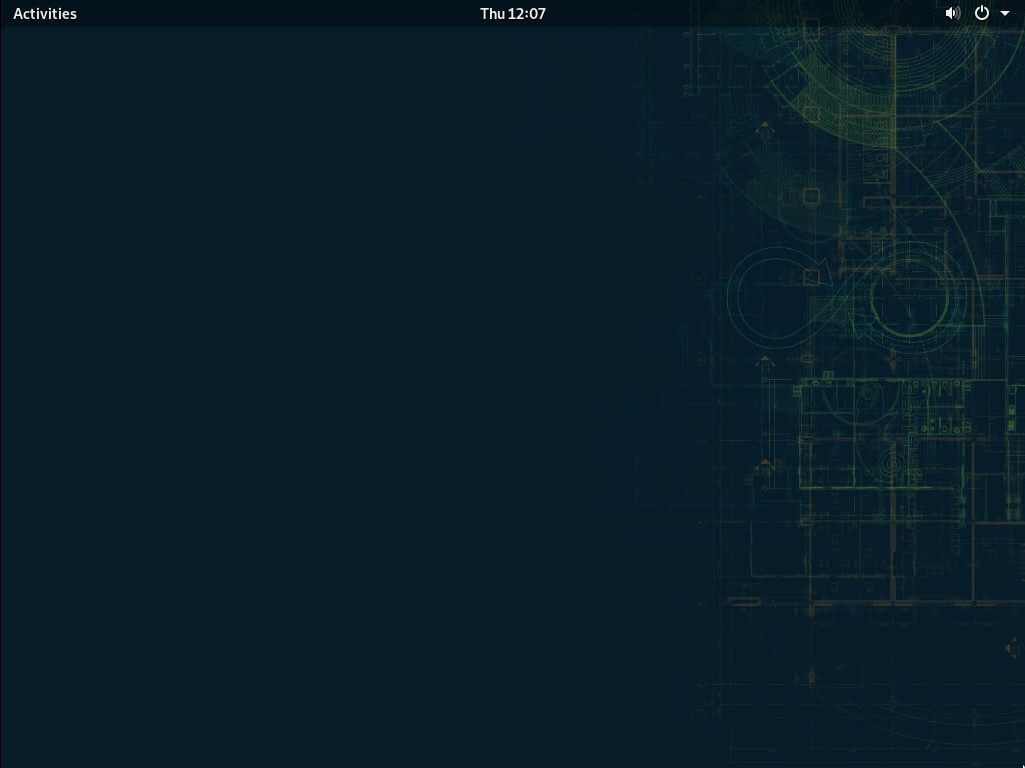

At the risk of calling someone’s work boring: Might help people fall asleep?


At the risk of calling someone’s work boring: Might help people fall asleep?


Me on Lemmy today:



Oh, you don’t have to always boot anew from the read-only snapshot.
When you’re booted into the working read-only snapshot, run sudo snapper rollback and then do a normal reboot.
This will make that read-only snapshot your new (read-writable) system state. So, after doing this, your OS will be as if you never applied that update.
More info on that command: https://doc.opensuse.org/documentation/leap/archive/15.0/reference/html/book.opensuse.reference/cha.snapper.html#sec.snapper.snapshot-boot


Can’t you roll back to a snapshot before the update that broke it? Then you can wait with updating for a week or two, in hopes that it gets fixed in the next Tumbleweed update…


If you’ve got specific accounts you want to follow, you can get an RSS feed containing their public posts.
In terms of native clients, the closest such feature I know of, is that Fedilab (for Android) can remember your position in the timeline, so that you can resume reading.
If you primarily use one timeline, then you wouldn’t re-encounter already read posts, because they’re in the past from the remembered position.
I have to say, though, that it’s not the most reliable feature in the world…


I guess, it becomes more unusual when you’re old enough to buy your own candy. At that point, if you don’t put effort in, it might come off to some neighbors like you’re freeloading.
But as others said, if you put on a costume and you’re clearly enjoying the process, maybe you even make it a friend group activity, then it’s easy to believe that you’re doing it for fun. It’s not like you’d get rich off of freeloading candy in any scenario anyways.
Ah, interesting. In my current setup, I dump the auxilliary files into a folder above the repo, but it can certainly make it a bit messy to find the repo in there then…
I’d say, I’m primarily a very low volume gamer, so I don’t play a lot of games, and if I do, I don’t play them for long. And that certainly makes it easy to look at the news of a game releasing and to think, yeah, that’s probably neat, but if I’m buying another game then it’d be Undertale or Baba Is You or such, and it definitely doesn’t look as neat as those…
For a project called “Potato Peeler”, I’ll put it into a structure like this:
~/Projects/Tools/Potato-Peeler/potato-peeler/
Tools/ is just a rough category. Other categories are, for example, Games/ and Music/, because I also do gamedev and composing occasionally.
Then the capitalized Potato-Peeler/ folder, that’s for me to drop in all kinds of project-related files, which I don’t want to check into the repo.
And the lower-case potato-peeler/ folder is the repo then. Seeing other people’s structures, maybe I’ll rename that folder to repo/, and if I have multiple relevant repos for the Project, then make it repo-something.
I also have a folder like ~/Projects/Tools/zzz/ where I’ll move dormant projects. The “zzz” sorts nicely to the bottom of the list.
Is “code”, “designs” and “wiki” here just some example files in the repo or are those sub-folders, and you only have the repo underneath code?


I think, the main problem is that “X” doesn’t look like a name.
When someone’s not starkly aware of the platform being called that, they might think the author typoed.
Or is using it like the idiom “they posted it to X, Y and Z” (so just a nondescript set of platforms).
Or genuinely means the letter X and that just doesn’t make sense in the context presented.
“X, formerly Twitter” is just a better name than “X”, because it is recognizable.


I find that difficult. Aside from code reviews, often times your job as a maintainer is:
A required review slows all of these tasks to a crawl. I do agree that the kernel is important enough that it might be worth the trade-off.
But at the same, I do not feel like I could do my (non-kernel) maintainer job without direct commit access…
I used to have this kid as a colleague (he was 17 at the time), who had been primed by his parents to be a nationalist.
One of the times, he was completely bewildered by my stance was when I said that even if I cared about having things in common with other humans, I feel like I have more in common with the folks just across the border than those who live several hundred kilometers away within the same border.
You could really see the cogs in his brain churning, trying to grok how you can have things in common with team B, when you’ve been assigned to team A.


I’ll often browse Lemmy by Top 6 Hours or Top 12 Hours, depending on when I last checked, and if I get through all the posts, I’ll start browsing via ‘New’ sorting…
A distro is a complete installable operating system (+ a set of software repositories from which you can install updates and new software).
Many distributions (or their flavors/spins) will come with a default desktop environment and then usually also apply some distro-appropriate theming to that desktop environment.
If you look at screenshots of distributions, you’re likely just looking at screenshots of their themed default desktop environment.
And a desktop environment is essentially the GUI of your OS.
It includes software such as the panel/taskbar, the application menu, the systray, the audio system, icons, a login screen etc… It also typically comes with a set of default applications, such as a file manager, a terminal emulator, a text editor etc…
In a sense, the desktop environment contains essentially everything that differentiates a desktop OS from a server OS (the latter is usually just a terminal, without graphical interface).


Well, I’m at least not surprised. They didn’t achieve good face animations through technological advancement, but rather by throwing tons of money at the problem, i.e. hiring actors and motion-capturing them.
When it stops being your unique selling point, you’re not gonna get as much budget anymore, at which point it’s either scrapped or you might use worse equipment, worse actors and give the actors less time to practice and redo scenes.
In general, the problem with realistic graphics is that reality is your upper bound. It’s difficult to inch closer to it and it’s easy to regress when you don’t pay as much attention to some detail…


You see, the problem is that game publishers have been innovating hard…
…ly, so modern games are barely an improvement over old games, except in terms of graphics. In particular, they want to continue not innovating by re-releasing those same old games with new graphics slapped onto them.
If everyone could just play those old titles, then they wouldn’t need to play the new titles, which would be very bad, because it would mean game publishers would need to innovate.
Never was terribly happy with the previous Tumbleweed wallpaper. It’s background being so dark really clashed with the default light theme for KDE:

I guess, it looked better on GNOME:

But yeah, I’m hoping this rebranding means we’ll see appropriately set light and dark default wallpapers…
Hmm, maybe this was considered for putting onto the Voyager Golden Record or something like it…?